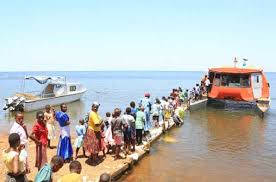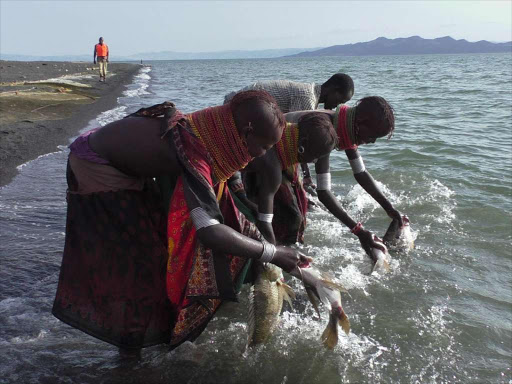Economic Empowerment of HIV Vulnerable Women In Fishing Communities
By Patricia Nekesa
The HIV pandemic in Kenya is far from over. The first case of HIV in Kenya was detected in 1984. By the mid-1990s, HIV was one of the major causes of illness in the country, putting huge demands on the healthcare system as well as the economy. In 1996, 10.5% of Kenyans were living with HIV. As of 2015, 660,000 children were recorded as being orphaned by AIDS according to UNAIDS report.
Kenya’s HIV epidemic is driven by sexual transmission, and it affects all sections of the population including children, young people, adults, women and men.
Women are particularly more vulnerable to the deadly subject virus. Consider these statistics from a UNAIDS Fact Sheet on Women, Girls, and HIV:
● HIV is the leading cause of disease and death among women aged 15 years and 49 years worldwide
● In Sub-Saharan Africa, 60% of the people living with HIV are females

Sad, right?
Several factors make women more vulnerable to HIV than men.
Firstly, in many societies there is a culture of silence that surrounds sex that dictates that "good" women are expected to be ignorant about sex and passive in sexual interactions. This makes it difficult for women to be informed about risk reduction or, even when informed, makes it difficult for them to be proactive in negotiating safer sex (Carovano 1992)
Secondly, because of the strong norms of virginity and the culture of silence that surrounds sex, accessing treatment services for sexually transmitted diseases can be highly stigmatizing for adolescent and adult women (Weiss et al., 2000).
A third reason that exposes women to HIV, and which is also forms the basis of my opinion, is the socioeconomic imbalances. A pervasive culture of women trading sex for fish is not uncommon in fishing communities around Lake Victoria. Women’s economic vulnerability and dependence have increases their vulnerability to HIV, domestic violence and poverty (Dunkle et al., 2005).
An ecosystem and transformative approach

The focus of my opinion is to empower women in the entire fishing community in order to protect them from the pervasive culture of trading sex for fish.
We have seen that women are responsible for selling fish caught by men, and this is what puts them to risk of acquiring HIV as they exchange sex for the fish.
Economic empowerment can be a key pathway to reducing women's vulnerability to becoming infected with HIV.
My MSc research work focused on evaluating a certain type of catfish that is very useful to the fishermen, for its capability of controlling malaria mosquitoes. We all know that the lake region is highly endemic of Malaria right? Indeed, my findings ranked the catfish as highly insectivorous, meaning it can effectively control mosquitoes.
So, the catfish is used as bait for Nile Perch fishing. Normally, fishermen do buy the catfish, put them in their boats and later on use them for fishing. The catfish are customarily gathered and sold by women. A single fisherman can stock approximately 500catfish in his boat for a single fishing day. So, if 100 boats go to fish in a day, it means 50,000 catfish are bought for that job. Obviously, the supply is never enough. Currently, the fishermen (on Mageta Island where my research was based) do source the fish from Bunyala and beaches located far away from mageta.
Establishing fishing ponds stocked with the catfish for these women will give them a good source of revenue, and an appropriate form of exchange with commercial fish.
In doing so, we will be able to reduce transmission rates of both HIV/AIDS and Malaria, and hence build a healthy community.
Concluding remark
Economic empowerment is not the only solution to reducing rates of HIV/AIDS in women, but it is a powerful tool that can reduce vulnerability of women, and give them the power to be in charge of their own health.
